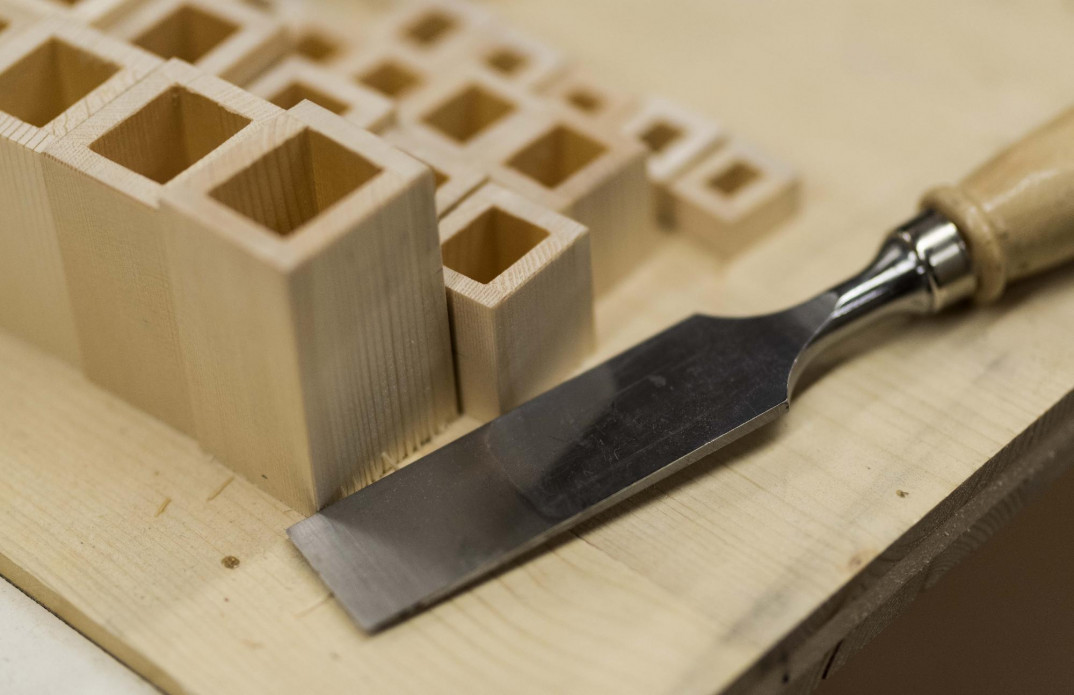History of the Restoration
Restoration and reconstruction
As a consequence of the restoration of the Main Building of the Liszt Academy in 2011, the climatic extremes in the Grand Hall - which had caused severe damage to the organ in the early 20th century – finally got eliminated. The air conditioning of the hall was implemented with utter consideration to the organ’s needs. The reconstruction of the instrument was realised by the Bonn-based Klais company and the Hungarian AerisOrgona Ltd. organ manufacturers between 2015 and 2018. With the use of the remaining parts and according to the original traces, both the technical part - the structure of the instrument - and the sound set-up of the organ were restored with the greatest of care and authenticity. The missing parts of the casework, the entire internal framework, the three swell-shades, the bellows, the windchests of several manuals, the entire stop- and key action, numerous stops and the console were re-created based on the original plans, designs, photos and preserved Voit instruments. The organ was put back to its original place, in accordance with the 1907 arrangement. The Grand Hall of the Liszt Academy witnessed and hosted an international collaborative reconstruction project that is not only significant from the perspective of Europe’s cultural heritage but is also to be considered as Hungary’s pride and joy.
For further information check our Organ Dictionary.
Reconstruction from the perspective of the chief engineer
“Among the various issues to deal with, the „organ-question” represented the greatest and most complex challenge during the reconstruction process of the Liszt Academy. We were quite aware of the fact that the instrument that was located in the Grand Hall at the beginning of the restoration complied neither with the requirements of organ concerts nor with those of the instruction quality standard of the Liszt Academy, nor with the criteria of a restoration standard that was to combine historical authenticity with innovative state-of-the-art technology. Based on our experiences, we suspected that the scope of adventure of building an organ would reach far beyond the reconstruction framework of the Main Building as far space, time or financial resources are concerned. Thus, our plans were to correspond to a project implemented with European Union resources in volume and high standards but should still aim to be independent and autonomous.”



